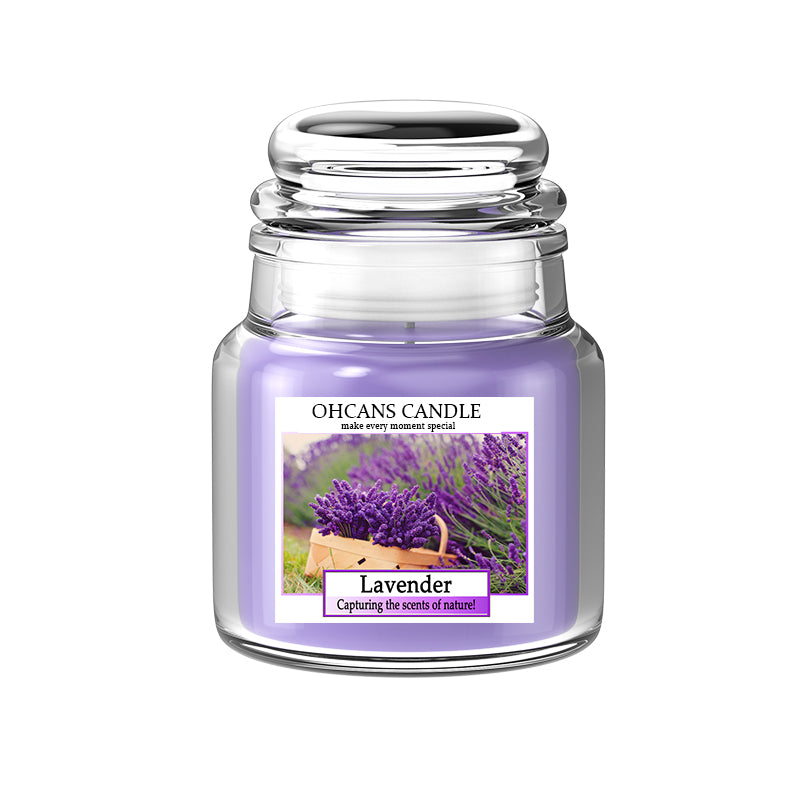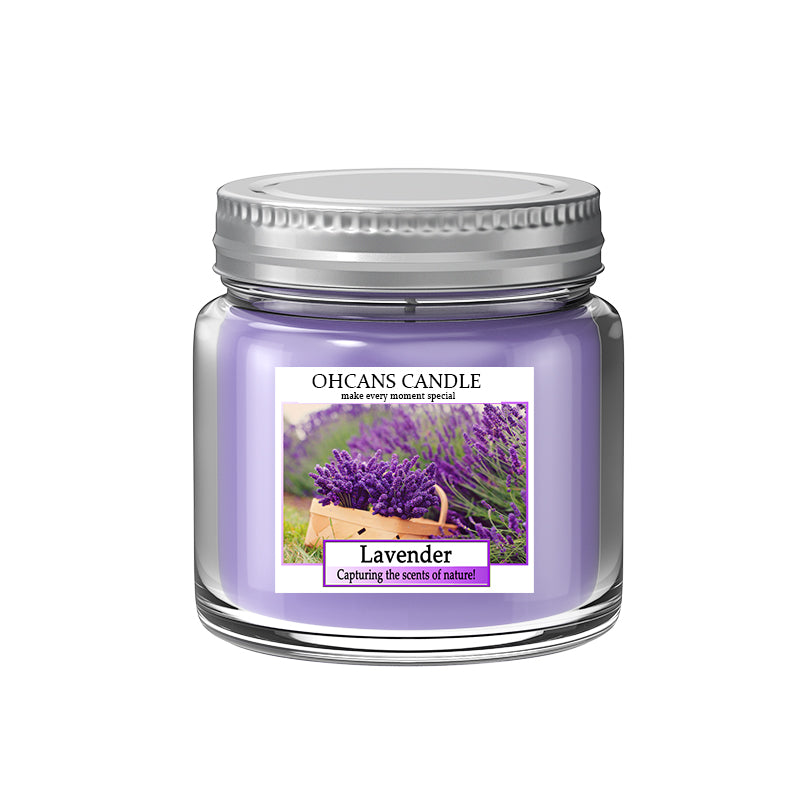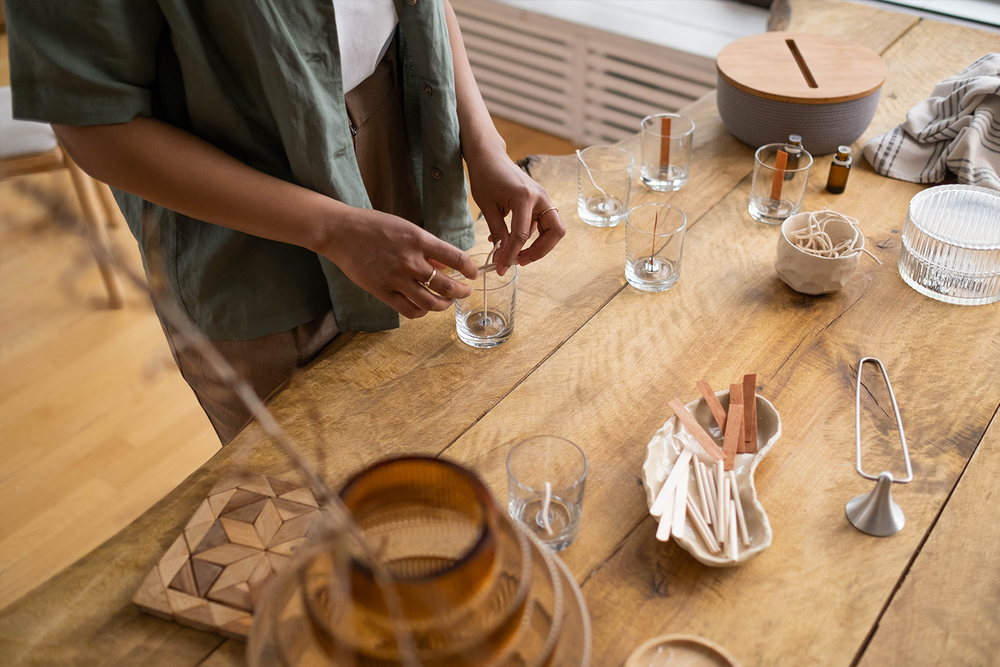What Is A Coriander Seed?
What Is A Coriander Seed?
Coriander seed is a flexible spice with a rich history and cultural significance. It has been a staple in conventional remedy for hundreds of years, presenting natural remedies for various ailments. Its cultural importance extends to numerous cuisines international, in which it is respected for its awesome taste and medicinal homes. Coriander seed is likewise utilized in rituals and ceremonies, underscoring its symbolic value.
What Are Some Benefit Of Coriander Seeds?
Coriander seed gives numerous dietary benefits, which includes dietary fiber, nutrients, and minerals, which assist general properly-being. Its antioxidant homes assist combat oxidative pressure, while its anti inflammatory attributes offer extra fitness blessings. It is thought for its capacity to promote digestion and alleviate gastrointestinal pain. Additionally, studies shows coriander seed may also alter blood sugar stages and probably gain heart health with the aid of lowering inflammation.
All in all, a balanced food regimen can make good use of coriander seed. Some potential pros of eating coriander seeds are; improvement of digestion, cholesterol reduction, probiotic features, aiding in sugar control for blood levels, nutrients and mineral richness like vitamins C and K, calcium as well as magnesium and the presence of inhibitors for microbial growth.
In addition to this they have been found to be useful in reducing the risk of heart disease symptoms; alleviating arthritis signs; regulating blood sugar levels which is important to diabetes patients. Nonetheless, further investigations are required to fully comprehend the probable consequences of consuming coriander seeds on various health conditions.
How Does Coriander Seed Taste Like?
Tiny taste grenades and flavor boosters, coriander seeds can be used as spices in other kinds of foods to make them more delicious. Their flavor seems to have an acidic taste, a sweet one as well as a clay-like one that greatly enhances the taste of your dishes. For instance, they can be included in curry soup or even preserved fruits like cookies or cakes among others. Once you want to enjoy their flavor to the maximum, it is better you first toast them lightly or grind them before using. They play well with Indian food full of sauce like gravy if they are whole or grounded. However, always remember to add them last after onions, garlic and ginger have cooked for maximum pleasure on your palate. At its final stage when it becomes golden brown or crushed until oil comes out giving it a pungent aroma and taste is added in any dish. So try some coriander seeds if you want some extra redolence which will make your food deliciously palatable!

How To Cook With Coriander Seeds?
To enhance the flavor of coriander seed in cooking, you can try dry roasting it beforehand or adding it towards the end of the cooking process can enhance its aroma and flavor profile.
What Is The Difference Between Coriander Seeds and Cilantro?
Cilantro is a bright, spicy smelling citrusy flavored herb that is used fresh in many culinary preparations while coriander seed is a pungent aromatic spice which is dried fruit with a warm, slightly nutty flavor and hints of citrus and flowers. In comparison to cilantro which has a sour tangy odor, coriander has smells of licorice. There are different uses for cilantro compared to coriander seeds. They are used differently in food preservation like pickles which has led to their different names. Apart from this, the use of coriander seed as an ingredient in dishes adds unique flavors to them.
Would you love to know whether fresh leaves or dried seeds are better for your recipe?
Coriander Seeds Nutrional Fact
To avoid any adverse effect, please consume this spice in moderation. Below is a nutrional fact for coriander seeds.
Calories: Approximately 298 kcal
Protein: Around 12.37 grams
Fat: About 17.77 grams
Saturated fat: 1.46 grams
Monounsaturated fat: 1.8 grams
Polyunsaturated fat: 9.15 grams
Omega-3 fatty acids: 0.14 grams
Omega-6 fatty acids: 8.97 grams
Carbohydrates: Roughly 54.99 grams
Dietary fiber: 41.9 grams
Sugars: 0.87 grams
Vitamins:
Vitamin A: 0 IU
Vitamin C: 21 mg
Vitamin D: 0 IU
Vitamin E: 2.5 mg
Vitamin K: 42.9 mcg
Thiamin (B1): 0.29 mg
Riboflavin (B2): 0.29 mg
Niacin (B3): 2.13 mg
Pantothenic acid (B5): 0.57 mg
Vitamin B6: 0.15 mg
Folate (B9): 62 mcg
Vitamin B12: 0 mcg
Minerals:
Calcium: 709 mg
Iron: 16.32 mg
Magnesium: 330 mg
Phosphorus: 409 mg
Potassium: 1267 mg
Sodium: 35 mg
Zinc: 4.7 mg
Copper: 1.8 mg
Manganese: 2.1 mg
Selenium: 21.5 mcg
Other nutrients:
Water: 8.9 grams
Ash: 5.12 grams

Are There Any Potential Side Effects Associated With Coriander Seeds?
Wow guys! Now some people may be allergic to these seeds. They can become itchy, swollen or even get a rash as well. Also if they touch or eat the seed it can make them have difficulty in breathing and other things. You may also react to coriander seeds if you are allergic to pollen or other seeds on the planet. Therefore when you consume large quantities of coriander seeds, you are likely to suffer from an upset stomach which will cause nausea, diarrhea and stomachache. On top of that, your skin may become irritated as a result of touching coriander seeds or possibly develop an allergy especially if it is sensitive. Vitamin K is present in coriander seeds which aids in clotting. However, there is a catch; if one is taking blood thinning medication they need to be cautious about their intake of coriander seeds lest it leads to excessive bleeding. Watch out!

How To Harvest Coriander Seeds?
By The Way
If you are in need of candle making supplies, be sure to check out Ohcans Candle on Amazon.




Leave a comment